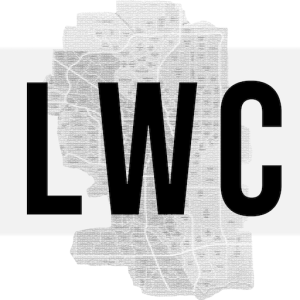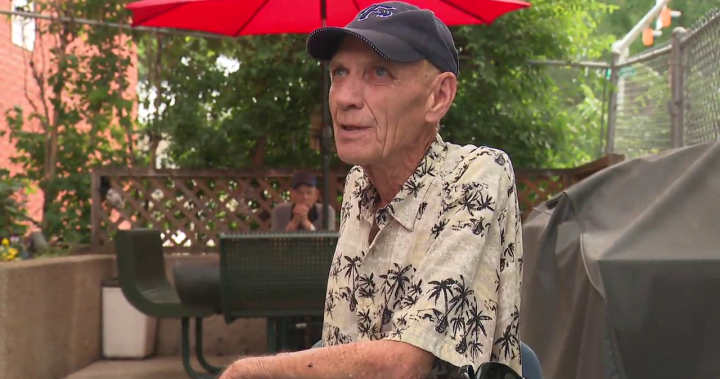TravellingChris
Active Member
Calgary looked into fare gates and closing the system to non-riders and the evidence seems to suggest that it is nowhere near worthwhile. Apparently YYC's fare compliance is 97% and the gates would add little to no value while requiring massive renovations to stations.That is a separate issue fare gates are not a silver bullet. They will not prevent drugs or weapons on the LRT without a cavity search or a metal detector but they will reduce the frequency substantially. The increased revenue from the fare evaders and potential increase passenger loads will more than pay for security in strategic locations instead of every where. The downtown stations were originally designed for proof of payment with fare kiosks at the entrances to the platforms.

Closed Calgary transit system not feasible, more safety personnel prescribed says report - LiveWire Calgary
City of Calgary administration said a closed transit system is entirely infeasible, in a report coming to a city committee next week. The admin report coming to the Infrastructure and Planning Committee meeting on Wednesday also showed that a partially closed system would cost $284 million...
 livewirecalgary.com
livewirecalgary.com







